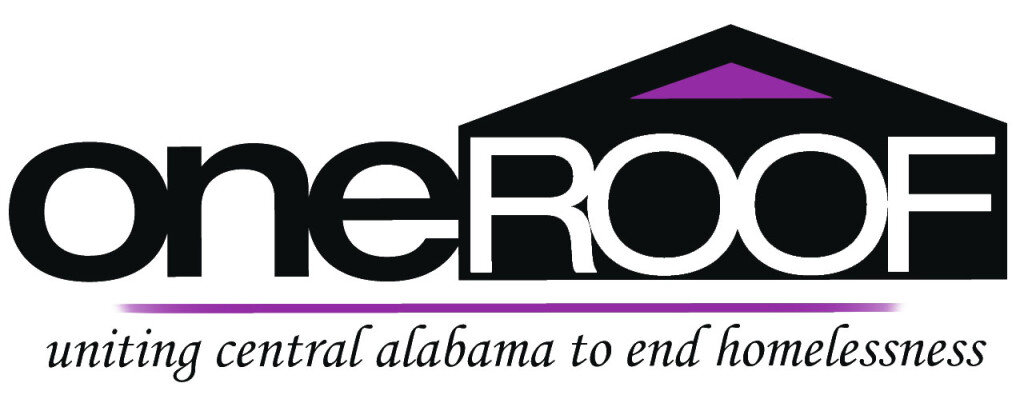Tiny Homes, the Solution to Homelessness?
Tiny homes have gained popularity as an innovative housing solution, often attracting individuals who prefer a minimalist lifestyle, baby boomers downsizing from their “McMansions,” and even some people who wish to pack up their homes and tow them elsewhere! Moreover, there are growing efforts to explore their potential as a means to address the increasing numbers of people experiencing unsheltered homelessness. One such initiative, the "12 Neighbors Gated Community," led by Canadian entrepreneur Marcel Lebrun, has garnered national and international attention.
Tiny home communities can indeed tackle affordability concerns by reducing construction costs and alleviating individual property taxes. However, they can also present challenges, such as potential isolation. If they are situated in remote areas due to zoning regulations or NIMBY’ism (Not in My Backyard), residents may find themselves far removed from essential resources like grocery stores, social services, parks, and entertainment options. The "12 Neighbors Gated Community," is creating a true community of 99 tiny, fully functional homes that are permanently plumbed, have a small kitchen plus living and sleeping areas. The new community is complete with amenities such as on-site security, a coffee shop, and even job opportunities.
While housing initiatives are commendable and have the potential to alleviate certain aspects of homelessness, it's essential to recognize that housing alone is not enough to end homelessness as we know it today. Homelessness is a complex issue and the lack of a roof to protect you from freezing rain and blistering heat is only one small part of why one becomes and stays homeless. Lebrun is attempting to address one of the contributing factors by providing low barrier job opportunities and on-site help with developing new skills for those who wish to learn a trade. Residents have the opportunity to be directly involved in constructing their own homes, thus learning important house maintenance skills. In fact, work on the “12 Neighbors Community” began in 2022 with the construction of space for social enterprise projects including diverse options such as silk printing, building picnic tables, and working in the community coffee shop.
To create a more effective and comprehensive solution to homelessness, it's imperative to consider not only the provision of affordable housing but also access to supportive services, healthcare, employment opportunities, and a sense of community. A holistic approach that addresses the diverse needs of homeless individuals is crucial for sustainable change.
For more information on the “12 Neighbours Community,” check out an article or two, or go review their website.
For more information on how you can better understand the picture of homelessness in our own community, take a look at One Roof statistics. To get involved in addressing the diverse needs of those experiencing homelessness, check out these opportunities for meaningful volunteer service and ways to make a difference.

